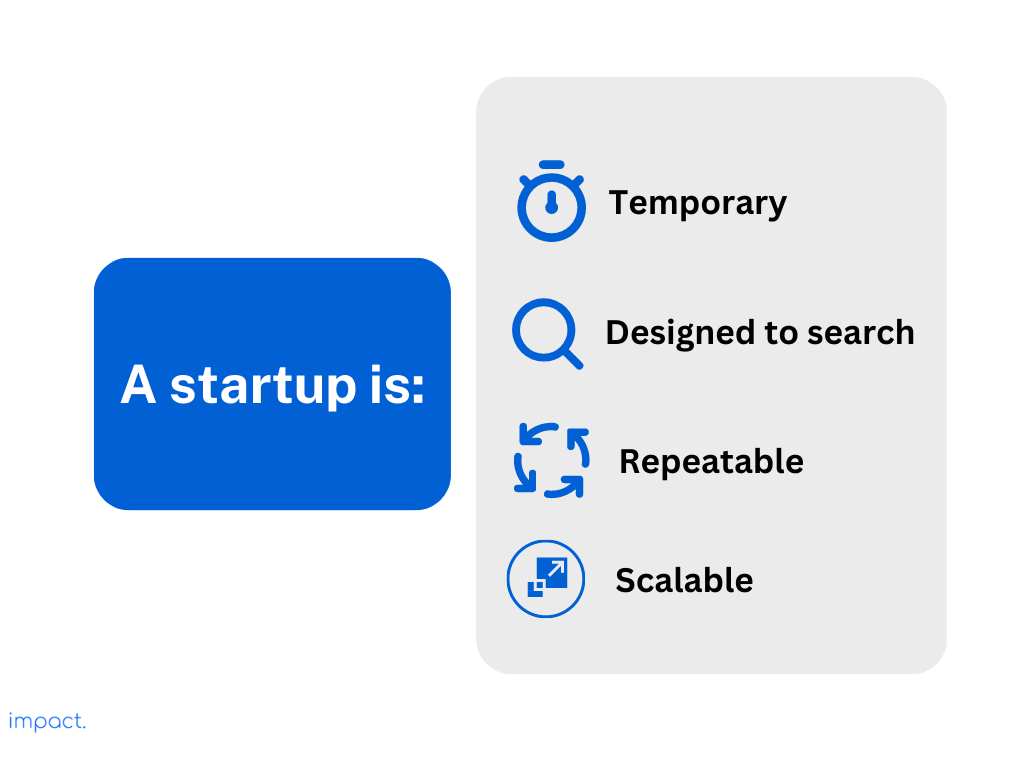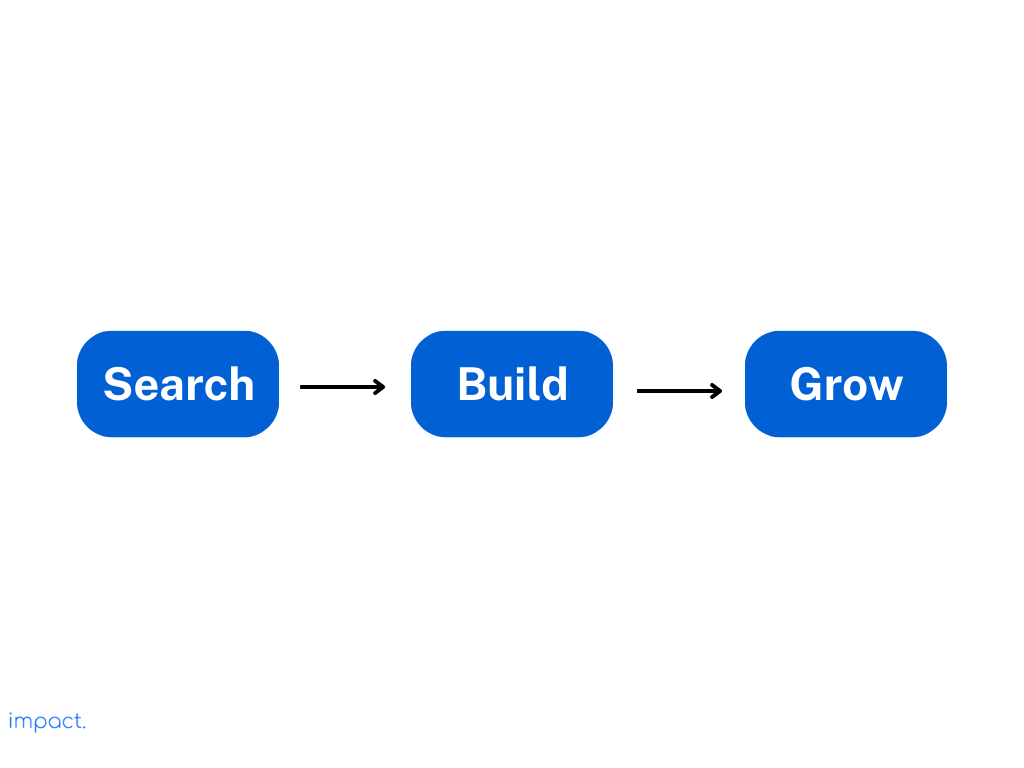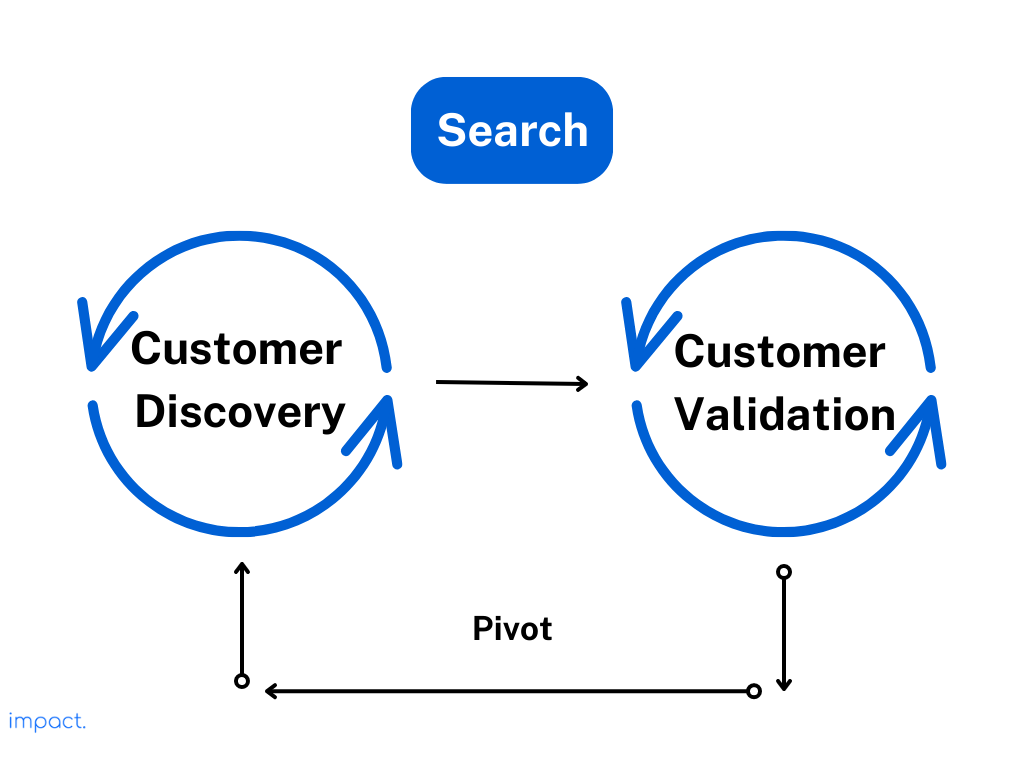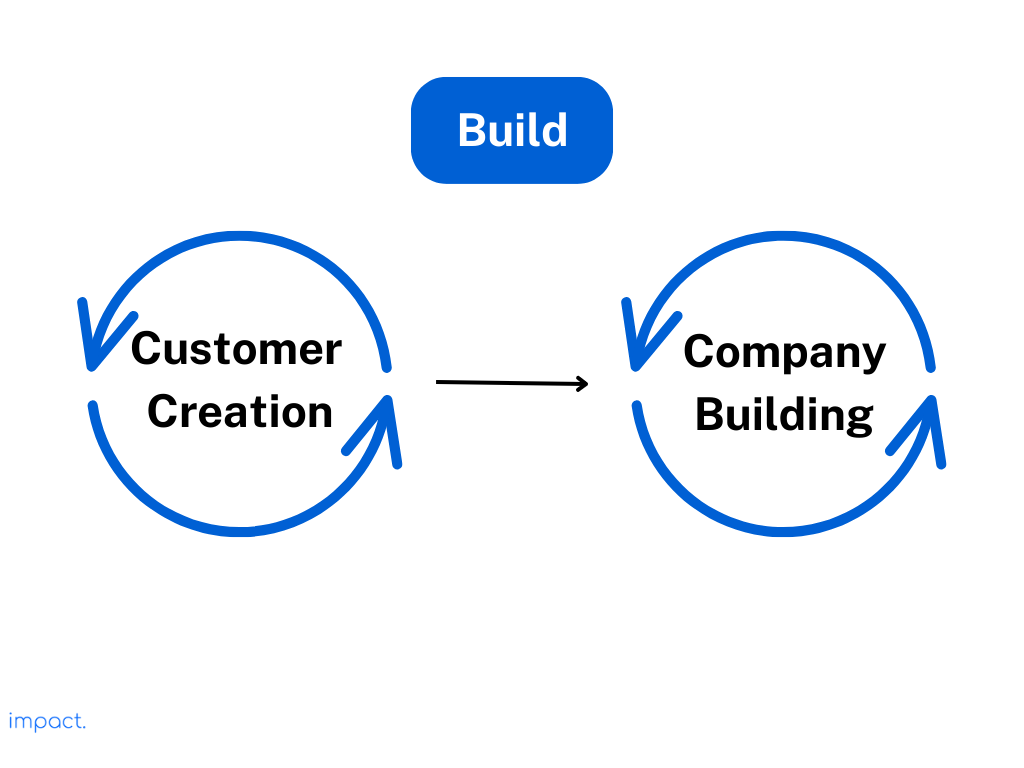Blue Ocean Strategy: 7 Steps to Ignite Business Transformation
“Blue Ocean Strategy,” by W. Chan Kim and Renée Mauborgne, is a pioneering blue ocean…
Insight Team
January 1, 2025Welcome to the exciting world of startups, where innovative ideas fuel businesses and boost economies globally. The United States leads the pack with an impressive 75,056 startups; Indonesia stands strong in 5th place with 2,347.
While startups are full of ambition and creativity, it’s crucial to know that only about 40% of them become profitable, indicating their challenges.
In this chapter, we’ll introduce you to these young companies, drawing inspiration from “The Startup Owner’s Manual” by Steve Blank and Bob Dorf. We aim to equip you with the knowledge and tools necessary for your entrepreneurial journey.
A startup is a brand-new company that’s just starting. Entrepreneurs create businesses to develop a product or service they believe people want to purchase. These companies usually begin with high expenses and little income, seeking funds from different sources like venture capitalists.
Steve Blank, on the other hand, has a more specific view. He defines a startup as a temporary organization that searches for a business model that can be repeated and expanded.

To better understand startups, let us divide its definition into four parts and analyze them.
Different experts have different ideas about how startups evolve. According to Steve Blank, a startup goes through three stages before becoming a large company: search, build, and grow. Let’s take a closer look at each stage:

In the ‘search’ stage, your main focus is to find a business model that works. At this point, it’s crucial to be flexible and willing to make changes to find the right product-market fit.

Product-market fit here means having a product that meets the needs of a specific market. It’s like being in the right place with the right thing people want.
Companies in this stage are typically small, with fewer than forty people, and they often rely on funding from seed rounds or Series A investments. To succeed in this stage, companies adopt a “do what it takes” mentality because failing to do so can lead to the startup’s failure.
After completing the initial ‘search’ stage, your business moves into the ‘build’ stage, sometimes called the ‘execute’ stage. The main goal is to scale up by attracting more customers and generating positive cash flow.

During this phase, the company typically has around forty employees and can grow to 175 to 700. If your company has venture backing, this is when a Series C or D funding round might happen.
In the ‘build stage,’ a different mindset is required. Simply having a “do what it takes” attitude may be less effective and can lead to chaos. Implementing culture training, product management, and efficient processes and procedures is essential. These initiatives will help your business operate smoothly and thrive as it expands.
According to Steve Blank, the last stage of the journey is the ‘grow’ stage. At this point, your organization has achieved liquidity, which means it has gone through an IPO, been acquired, or merged with another company. During this phase, your company keeps expanding, and you have established consistent processes and procedures based on Key Performance Indicators (KPIs) from the previous stages.
Read more: Unlocking Growth: 19 Traction Channels for Business Success
There are various types of startups, each with unique characteristics. They all begin with entrepreneurs, but they can differ significantly in terms of people, funding, and strategies.
It’s essential to grasp these distinctions because they can substantially influence your likelihood of success. Let’s explore six different startup types you should be aware of:
These ventures are all about pursuing your passion. These are businesses started by people who love technology or creative work and enjoy what they do without the primary goal of becoming huge or making tons of money. In Silicon Valley, you might find freelancers driven by their passion for technology and take up coding and UI jobs because they genuinely love it.
These startups typically hire local people or family members and provide services to their community. They’re not looking to become huge or make massive profits; their main goal is supporting their livelihood and caring for their family. Examples of such startups include businesses like dry cleaners, gas stations, and convenience stores. They usually start with their savings or borrowing money from relatives and banks.
These new ventures are launched by ambitious tech entrepreneurs who aim to make a significant impact and build billion-dollar companies. To find a workable business model, they require funding, which often comes from venture capitalists. These startups attract top talent and snowball. Companies like Google, Skype, Facebook, and Twitter were once examples of this type of startup.
These young companies have different goals compared to others. Instead of aiming to become huge companies, they want to be acquired by more giant corporations. Nowadays, creating web/mobile apps is cheaper and faster, making it easier for these startups to begin. They don’t need as much money to develop and launch their products, and angel investors are more willing to provide financial support.
Even big companies can act like startups now because they know they won’t last forever. As things change, like what customers want, new technology, laws, and competition, they need to come up with fresh and disruptive ideas.
To do this, they use lean startup practices that make them agile, creative, and competitive. Sometimes, they even create teams or incubators inside the company to work on new ideas and projects outside their usual business. This way, they stay ahead and keep growing.
Entrepreneurs who care about improving the world start social startups. These emerging companies aim to change society and the environment rather than just making money. Entrepreneurs can establish social startups as non-profit organizations, for-profit ventures, or a combination.
It’s a fact that 90% of startups fail, with 10% not even making it to their second year. Avoiding these nine common mistakes can significantly impact their success. Let’s explore each one:
According to Steve Blank, a common reason for startup failure is the assumption that founders already understand their customers. However, initially, startups have no customers, so these assumptions are like guesswork.
Turning these assumptions into solid evidence sooner rather than later is essential to improve your likelihood of success. One effective way to do this is by meeting potential customers and validating your assumptions. Relying solely on assumptions can lead to developing products or services that don’t solve customers’ problems.
The second mistake often stems from the first one. Founders may believe they thoroughly understand their customers, leading them to assume they know what their customers require.
This assumption leads them to create a complete product using traditional development methods without involving customers directly. As a result, they may not know if the product’s features will appeal to customers.
A great product or service is not enough for a startup to succeed. It must also meet the specific demands of the target market and address a genuine market need. Without this alignment, the business is likely to struggle.
In emerging companies, there’s often a fixed date for product launch, like a trade show, and they feel compelled to stick to it, even if they aren’t ready. Investors expect results tied to this launch date too.
However, launching the product doesn’t mean they understand their customers or the best marketing strategies. This approach is a big mistake, as it assumes customers will come just because the product is well-made.
Unfortunately, many startups realize only after launching that they haven’t attracted enough customers, their product doesn’t solve significant problems, or the cost of getting it to customers is too high. Avoiding this mistake is vital for a startup’s success.
Startups are different from established companies. Nothing is set in stone, and they need to find a working business model that can grow. At first, they make many guesses, but many of them will be wrong.
That’s why focusing solely on execution isn’t the most important thing. To succeed, your startup should embrace a culture of experimentation. Learn from failures and adapt your strategies accordingly.
If you avoid trying new things, your company might not improve or evolve. So, be open to experiments and learn from the results, which are crucial for success.
Traditional business plans and product development models have their advantages. They offer clear milestones for boards and founders to follow, but they may not be the best fit for startups.
Metrics like income statements and balance sheets are not helpful for emerging companies because they don’t track progress toward the most important goal: finding a repeatable and scalable business model.
As a young company, your main objective is to become repeatable and scalable, but you’re not there yet. A business plan can provide a solid structure to work towards these goals. Still, it should also be flexible and subject to changes as your startup develops and evolves. Keep it editable and adaptable along your journey.
In startups, avoiding job titles borrowed from big companies is essential. Traditional job titles may not fit a startup’s diverse and ever-changing roles. For example, the CEO can often take on various tasks in a startup.
Using generic job titles can lead to hiring mistakes, as candidates may not grasp their responsibilities in the unique work environment. It’s crucial to tailor job titles to match the specific needs and challenges of the startup.
To succeed, startups need skilled sales and marketing professionals who can effectively reach their target audience, leading to increased traction and revenue.
Don’t hire based solely on titles. Considering skills and suitability for the startup’s specific challenges is more critical. Some executives might stick to their knowledge, which might not fit startups best.
Assessing progress through product launches or revenue plans alone can be misleading. Gathering honest customer feedback and validating assumptions is crucial to make informed decisions.
Read more: B2B vs. B2C in Tech: What are the 5 Key Differences?
When you start a business, it’s essential to remember that things won’t always go in a straight line. It’s more like a rollercoaster ride with ups and downs. Just because someone likes your idea doesn’t mean everyone else will jump on board.
To measure your success accurately, you need feedback from many customers. This way, you can make better decisions for your company. Taking your time when hiring and spending money is essential. Focus on establishing stable and repeatable sales and marketing processes that you can scale up.
Achieving success and stability should be your priority before aiming for rapid growth. Growing too quickly without a solid foundation and a proven business model could lead to inefficiencies and financial strain, ultimately failing your startup.
When startups face tough times, making quick decisions without thinking things through can result in short-term fixes that don’t solve the core problems. For example, when a young organization launches its product and sales aren’t going as expected, it might quickly fire the sales VP to fix the issue.
However, the successful ones use this feedback as an opportunity to pivot or change their business approach based on what they learn. It’s not a crisis; it’s a normal part of the journey to success.
Startups are like temporary organizations searching for a workable business plan they can use to grow. Initially, startups explore and adjust to determine how their business will function. They can expand and reach more people when they discover a successful plan.
The next chapter will discuss the customer development process, a crucial part of the startup journey. This process involves four main steps: Customer Discovery, Customer Validation, Customer Creation, and Company Building.
Blank, Steve, and Bob Dorf. The Startup Owner’s Manual: The Step-By-Step Guide for Building a Great Company. 2020.
Impact Insight Team
Impact Insights Team is a group of professionals comprising individuals with expertise and experience in various aspects of business. Together, we are committed to providing in-depth insights and valuable understanding on a variety of business-related topics & industry trends to help companies achieve their goals.
75% of digital transformation projects fail. Take the right first step by choosing a reliable long-term partner.
